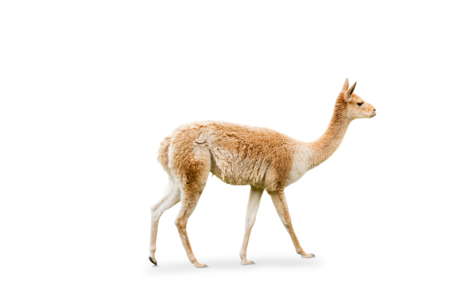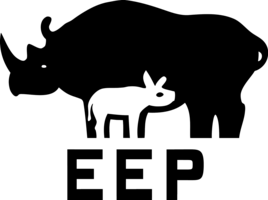Vicuña
Vicugna vicugna
![[Translate to English:] [Translate to English:]](/fileadmin/_processed_/c/5/csm_vikunja-tierpark-hellabrunn-geozone-amerika-tierlexikon_bb931ab5e9.jpg)
- Family
- Camels (Camelidae)
- Weight
- 35 – 65 kg
- Habitat
- Mountains, 3,200 – 4,800 m above sea level
Born in the morning
Vicuñas live in harem groups. An adult male lives together with several females and their offspring. The time of birth is crucial to the survival of the newborn: a cria born in the warmer morning hours has the best chance to make it through its fi rst day as this allows its coat to dry before the temperature plummets and the bitter cold of the Andes sets in at night.

Smallest in the family
The vicuña is the smallest member of the camel family. It has a shoulder height of 90 cm and weighs ca. 40 kg, but is very swift with a top speed of just under 50 km/h. It moves with remarkable sure-footedness due to its ability to fl ex its toes to gain grip on rocky terrain. It is still hotly debated within the scientific community whether the vicuña is a wild variant of the alpaca, even today.
Vicuña wool is considered one of the fi nest in the world. Harvested from the animal’s soft, fine, light brown coat it is also called the gold of the Andes.
Distribution


Hellabrunn Zoo participates in the European Endangered Species Programmes